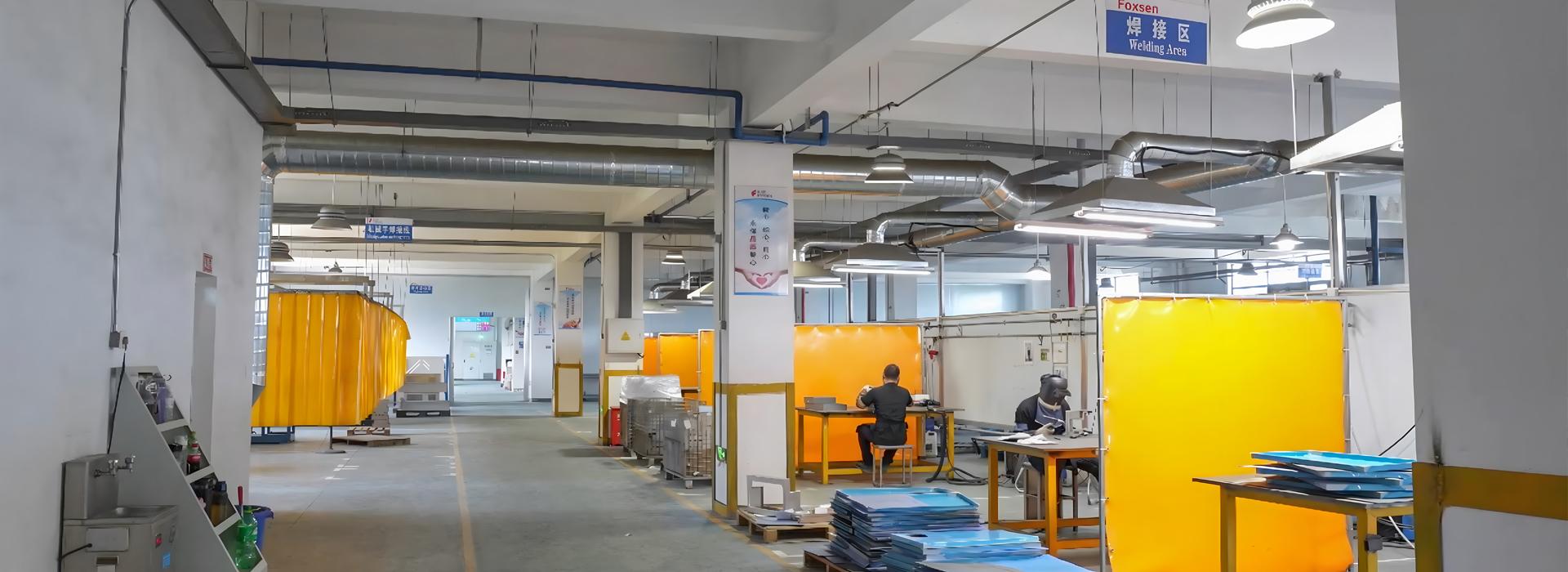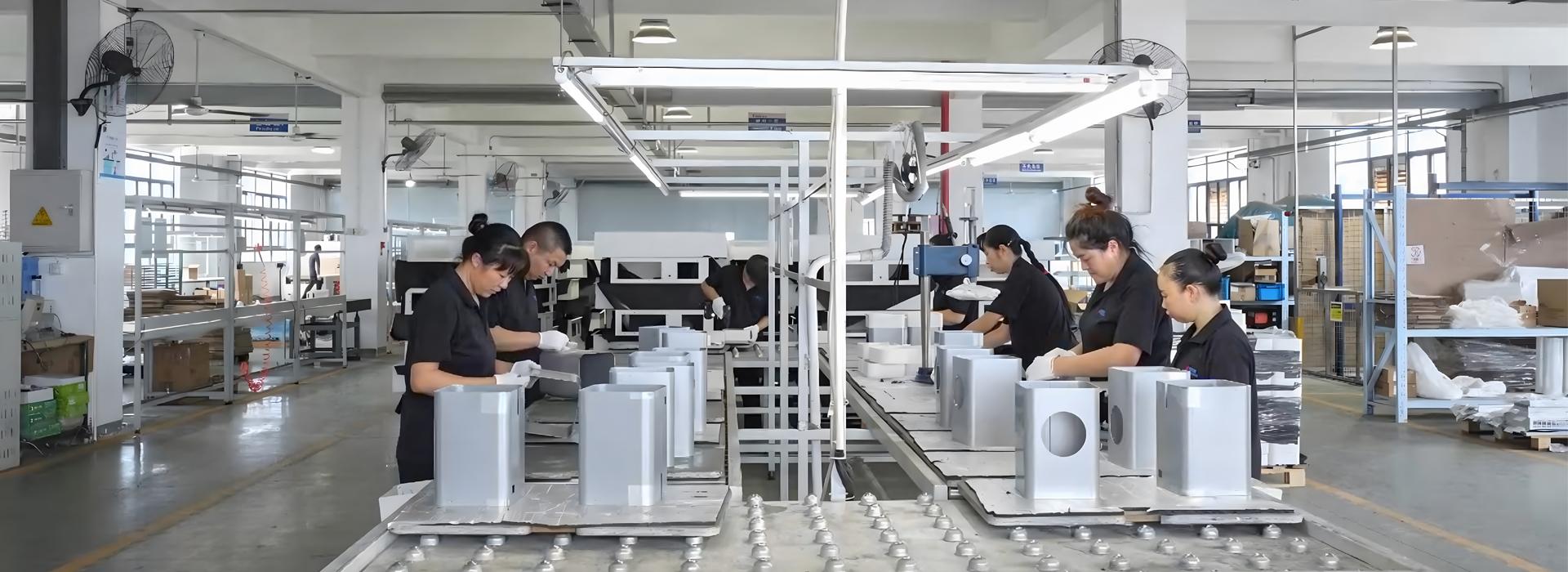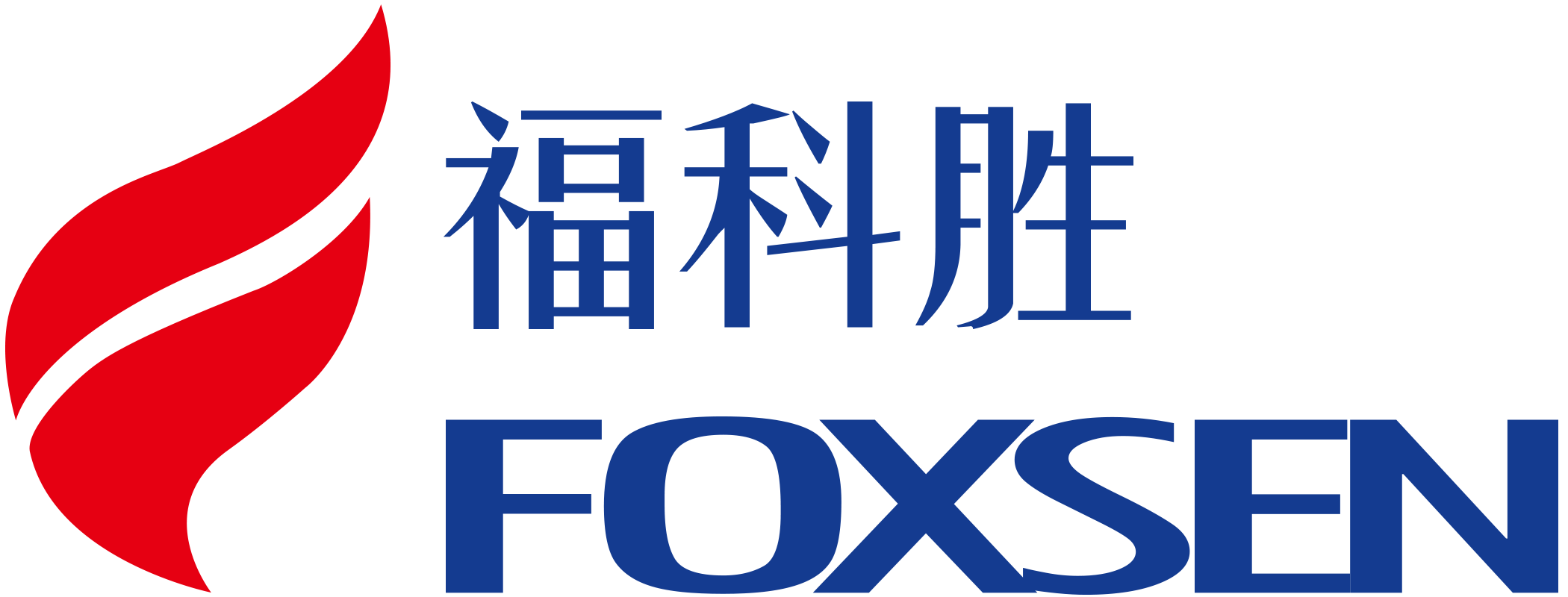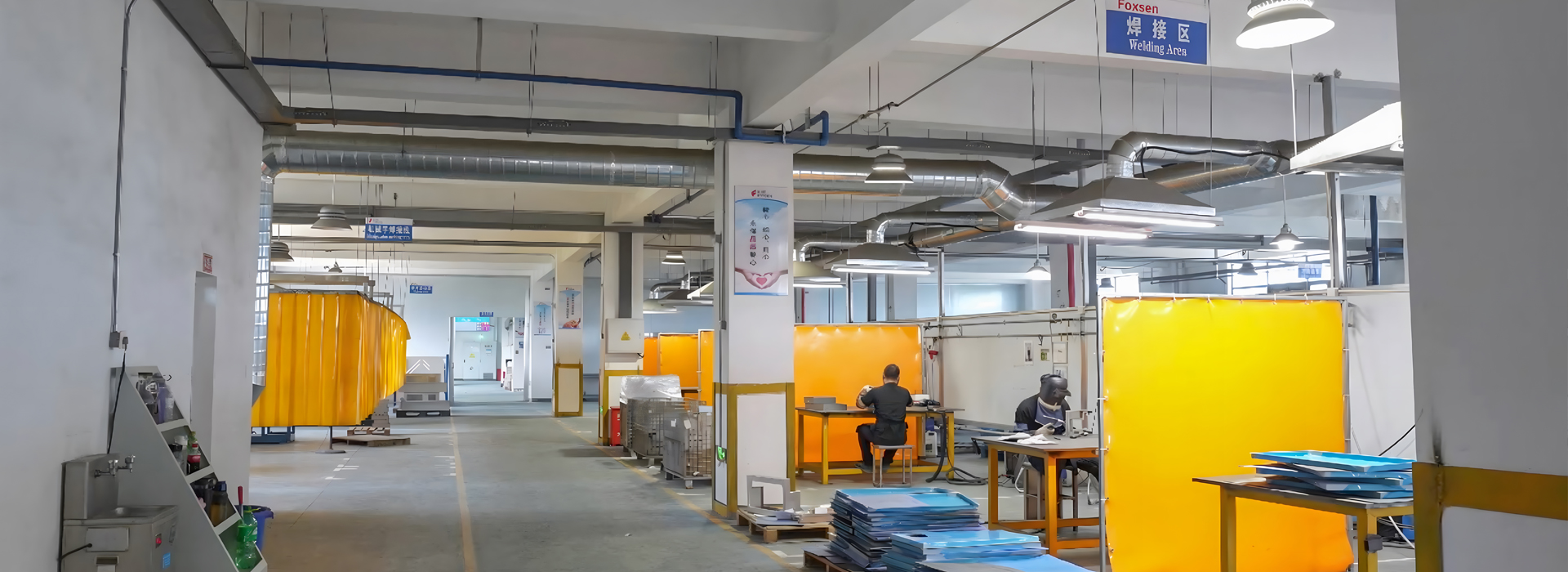
When I think about the backbone of modern medical devices, I see the critical role CNC bending plays in shaping life science medical equipment enclosures. These enclosures safeguard sensitive instruments and ensure their reliable operation. By using CNC bending, I achieve unparalleled precision, crafting enclosures that meet tight tolerances and industry standards. This process allows me to create durable structures that withstand the demands of hospitals and research labs. Every enclosure becomes a tailored solution, enhancing the functionality and longevity of vital medical equipment.
Key Takeaways
CNC bending makes medical enclosures very precise, with tolerances as small as ±0.005 mm. This helps medical devices work more reliably.
Picking materials like Aluminum 6061 and 5052 is important for enclosures. These materials are strong, resist rust, and handle cleaning well.
CNC bending lowers costs by using machines to bend parts. It saves time, reduces labor, and uses materials wisely. This helps both makers and hospitals.
CNC bending allows custom enclosures to fit specific medical needs. This makes new designs possible and improves how devices work.
Working with doctors is important for CNC bending projects. Their advice helps make safe and effective enclosures.
Understanding CNC Bending in Manufacturing

Definition and Process of CNC Bending
When I think about CNC bending, I see it as a precise and automated process that transforms flat metal sheets or tubes into complex shapes. This technique uses computer-controlled machines to achieve consistent and accurate bends. The process begins with programming the machine to define specifications like bend angles and tolerances. Once the metal is loaded and clamped securely, the machine performs the bending operation with minimal deformation. Afterward, I inspect the bent components to ensure they meet the required standards.
To break it down further, here’s how the process flows:
Preparation: I clean the workspace and check the bending machine for any issues.
Install the Die: I select and install the appropriate die based on the desired angle and material thickness.
Secure the Workpiece: I clamp the metal sheet or tube to prevent movement during bending.
Adjust the Angle: I set the machine’s angle and apply pressure to achieve the bend.
Check and Adjust: I inspect the result and make fine adjustments if needed.
This step-by-step approach ensures precision and consistency, which are critical for medical applications.
Importance in Sheet Metal Fabrication
CNC bending plays a vital role in sheet metal fabrication, especially for industries like medical, aerospace, and defense. I rely on this technology to produce components with tight tolerances, often as precise as ±0.05 mm. This level of accuracy is essential for creating high-quality parts that meet stringent safety and performance standards.
For example, CNC press brakes and robotic automation enhance precision control, speed up production, and reduce costs. These advancements allow me to fabricate durable and reliable components for medical devices. High-quality fabrication protects patients and healthcare workers by ensuring the integrity of the equipment.
Role in Producing Life Science Medical Equipment Enclosures
When I manufacture life science medical equipment enclosures, CNC bending becomes indispensable. It allows me to create enclosures that meet the highest standards of precision and durability. Using materials like Aluminum 6061 and 5052, I achieve tight tolerances that ensure every component fits perfectly. This precision minimizes stress on internal parts and enhances the reliability of sensitive medical devices.
Additionally, CNC bending enables me to customize enclosures to meet specific requirements. Whether it’s unique dimensions or added features for protection against dust and moisture, I can tailor each enclosure to support critical medical applications. These enclosures not only safeguard equipment but also contribute to the overall functionality and longevity of life science medical devices.
Benefits of CNC Bending for Medical Enclosures
Precision and Tight Tolerances
When I work on medical enclosures, precision is my top priority. CNC bending allows me to achieve tight tolerances that are critical for medical applications. For example, tolerances as tight as ±0.01 mm ensure that every component fits perfectly. This level of accuracy minimizes stress on internal parts and enhances the reliability of medical devices.
I also rely on CNC bending to maintain consistent results across multiple production runs. The computer-controlled process ensures that each bend meets the exact specifications, reducing the risk of errors. For safety-critical components, such as those used in diagnostic devices, this precision is non-negotiable.
Here’s a quick look at the tolerances CNC bending can achieve:
In some cases, I use standard tolerances of ±0.13 mm for non-functional features. This approach helps optimize manufacturing costs without compromising quality.
Material Compatibility for Medical Standards
Medical enclosures must meet strict standards for safety and biocompatibility. I choose materials like Aluminum 6061 and 5052 because they offer excellent strength, corrosion resistance, and compatibility with medical environments. These materials also withstand repeated sterilization and cleaning, which are essential in hospitals and labs.
CNC bending works seamlessly with these materials, allowing me to create enclosures that meet both functional and regulatory requirements. For instance, the process ensures smooth bends without cracks or deformities, preserving the material’s integrity. This is especially important for life science medical equipment enclosures, where even minor defects could compromise performance.
Additionally, I apply surface treatments like anodization and powder coating to enhance durability. These treatments protect the enclosure from wear and tear while maintaining a clean and sterile appearance.
Cost-Effectiveness in Production
CNC bending not only delivers precision but also offers significant cost savings. By automating the bending process, I reduce manual labor and minimize production time. This efficiency translates into lower costs for manufacturers and, ultimately, for healthcare providers.
Here’s a breakdown of the benefits:
I also find that CNC bending reduces material waste. The process optimizes the use of raw materials, which is both cost-effective and environmentally friendly. For custom enclosures, this efficiency is invaluable. It allows me to deliver high-quality solutions without exceeding budget constraints.
Tip: Investing in CNC bending technology can significantly improve production efficiency while maintaining the high standards required for medical applications.
Enhanced Design Flexibility and Customization
When I think about CNC bending, I see it as a game-changer for design flexibility and customization. This process allows me to create intricate shapes and structures that would be impossible with traditional methods. By using CNC bending, I can meet unique design requirements while maintaining the precision and durability needed for medical applications.
One of the most significant advantages of CNC bending is its ability to handle complex geometries. Engineers and designers gain the freedom to experiment with innovative designs. For example, I can produce components with continuous bends, creating three-dimensional frames that offer superior structural strength. This capability is especially valuable for life science medical equipment enclosures, where both functionality and aesthetics are critical.
To illustrate the versatility of CNC bending, here’s a breakdown of its key aspects:
I also find that CNC bending simplifies the customization process. By adjusting the programming, I can quickly modify designs to meet specific client needs. Whether it’s adding ventilation slots for heat dissipation or creating unique dimensions, CNC bending makes it possible. This flexibility ensures that every enclosure I produce is tailored to its intended application.
Here are some additional benefits I’ve observed:
Engineers and designers gain significant freedom with bending.
Complex components can be created that are impossible to produce with other methods.
This level of customization is essential for medical devices, where each component must meet strict functional and regulatory requirements. CNC bending allows me to deliver solutions that not only protect sensitive equipment but also enhance its performance and longevity.
Note: The ability to customize enclosures with CNC bending ensures that I can meet the evolving demands of the medical industry without compromising on quality or precision.
Applications in Medical Equipment

Enclosures for Diagnostic Devices
When I design enclosures for diagnostic devices, I focus on precision and functionality. These devices often house sensitive components like sensors, circuit boards, and imaging systems. CNC bending allows me to create enclosures that fit these components perfectly, ensuring they remain secure during operation. For example, I’ve worked on enclosures for blood analyzers and imaging equipment. These require tight tolerances to prevent vibrations or misalignments that could affect performance.
I also prioritize material selection. Aluminum 6061 and 5052 are my go-to choices because they offer excellent strength and corrosion resistance. These materials withstand the rigorous cleaning and sterilization processes common in medical environments. Additionally, CNC bending enables me to incorporate features like ventilation slots and cable management systems directly into the design. This improves both the functionality and durability of the enclosure.
Tip: A well-designed enclosure not only protects the device but also enhances its usability by organizing internal components efficiently.
Casings for Surgical Tools
Surgical tools demand casings that are both durable and lightweight. I use CNC bending to create casings that meet these requirements while maintaining a sleek and ergonomic design. For instance, I’ve crafted casings for laparoscopic instruments and robotic surgical tools. These require precise bends to ensure a comfortable grip and seamless integration with the tool’s mechanics.
CNC bending also allows me to produce casings with smooth edges and surfaces. This is crucial for surgical tools, as any rough or sharp edges could pose a risk to patients or medical staff. I often apply surface treatments like anodization to enhance the casing’s durability and resistance to wear. This ensures the casing remains reliable even after repeated use and sterilization.
Here’s a quick breakdown of the benefits CNC bending offers for surgical tool casings:
Precision: Ensures a perfect fit for internal components.
Durability: Withstands frequent cleaning and sterilization.
Ergonomics: Creates designs that are easy to handle and operate.
Protective Housings for Monitoring Equipment
Monitoring equipment, such as patient monitors and ventilators, requires protective housings that can endure constant use in demanding environments. I rely on CNC bending to create housings that are both robust and lightweight. These housings protect delicate electronics from external factors like dust, moisture, and accidental impacts.
One of the key advantages of CNC bending is its ability to produce custom designs. For monitoring equipment, I often include features like mounting brackets and access panels. These make it easier for medical staff to install and maintain the equipment. I also ensure the housings meet strict medical standards for safety and biocompatibility.
To enhance the housing’s durability, I use surface treatments like powder coating. This not only improves the housing’s resistance to wear but also gives it a clean, professional appearance. In my experience, a well-designed housing can significantly extend the lifespan of monitoring equipment, reducing maintenance costs and downtime.
Note: Protective housings play a critical role in ensuring the reliability of monitoring equipment, especially in high-stakes medical environments.
Custom Solutions for Life Science Medical Equipment Enclosures
When I think about the unique demands of life science medical equipment, I see the importance of custom solutions. Every piece of equipment has specific requirements, and CNC bending allows me to meet those needs with precision and flexibility. By tailoring enclosures to exact specifications, I ensure that each device operates at its best while adhering to strict medical standards.
Why Customization Matters
Medical devices often serve specialized purposes. A one-size-fits-all approach doesn’t work in this field. For example, diagnostic machines may require enclosures with precise cutouts for sensors, while surgical tools might need lightweight casings with ergonomic designs. CNC bending gives me the ability to create enclosures that match these unique requirements.
Here’s what customization achieves:
Perfect Fit: I design enclosures that align seamlessly with internal components, reducing stress and wear.
Enhanced Functionality: Features like ventilation slots, cable management, and mounting brackets improve usability.
Aesthetic Appeal: Smooth bends and clean finishes create a professional appearance, essential for medical environments.
Tip: Custom enclosures not only protect sensitive equipment but also enhance its performance and longevity.
How CNC Bending Supports Customization
CNC bending stands out as a versatile tool for creating custom enclosures. The process allows me to program specific angles, dimensions, and features into the design. This level of control ensures that every enclosure meets the exact needs of the device it protects.
Here’s how I leverage CNC bending for custom solutions:
Precise Programming: I input detailed specifications into the CNC machine, ensuring accuracy down to ±0.005 mm.
Material Versatility: I work with materials like Aluminum 6061 and 5052, which are ideal for medical applications.
Design Flexibility: I create complex shapes and structures, including continuous bends and three-dimensional frames.
Quick Adjustments: I can easily modify designs to accommodate changes or new requirements.
For instance, I recently worked on an enclosure for a portable diagnostic device. The design required multiple access panels and a compact form factor. Using CNC bending, I achieved a precise fit while incorporating features that improved usability and durability.
Features of Custom Enclosures
When I design custom enclosures, I focus on features that enhance both functionality and compliance with medical standards. Here are some key elements I include:
These features ensure that the enclosure not only protects the device but also supports its operation in demanding environments.
Collaboration for Tailored Solutions
Customization often requires collaboration. I work closely with engineers, designers, and medical professionals to understand the specific needs of each project. This teamwork ensures that the final product meets both functional and regulatory requirements.
For example, during a recent project, I collaborated with a team developing a new surgical tool. They needed a lightweight casing with precise bends for ergonomic handling. By combining their expertise with my CNC bending capabilities, we created a solution that exceeded their expectations.
Note: Effective collaboration ensures that custom enclosures align perfectly with the intended application, enhancing both safety and performance.
The Value of Custom Solutions
Custom enclosures play a critical role in the medical field. They protect sensitive equipment, improve functionality, and ensure compliance with industry standards. By leveraging CNC bending, I deliver solutions that meet the unique demands of life science applications.
When I think about the impact of these enclosures, I see how they contribute to better patient care and more efficient medical practices. Custom solutions aren’t just about meeting specifications—they’re about supporting the vital work of healthcare professionals and researchers.
Emoji Insight: 🛠️ Customization through CNC bending is the key to unlocking innovative solutions for life science medical equipment.
Key Considerations for CNC Bending in Medical Applications
Material Selection and Biocompatibility
When I select materials for medical enclosures, I prioritize both performance and biocompatibility. Materials like Aluminum 6061 and 5052 stand out for their strength, corrosion resistance, and compatibility with sterilization processes. These properties ensure that the enclosures can endure the rigorous cleaning cycles common in medical environments.
I also consider the mechanical properties of the material during the bending process. Gradual bending techniques help maintain structural integrity, especially for thin sheets. This approach minimizes the risk of cracks or deformities, which could compromise the enclosure's durability. For applications involving personal protective equipment, I ensure the materials meet strict safety and hygiene standards.
Here’s a quick overview of key considerations for material selection:
Compliance with ISO 13485:2016 and Other Standards
Compliance with ISO 13485:2016 is non-negotiable when I manufacture medical enclosures. This standard ensures that the products meet stringent quality management requirements for medical devices. It covers every aspect of production, from material sourcing to final inspection.
I also adhere to other relevant standards, such as CE and RoHS, to guarantee safety and reliability. These certifications demonstrate that the enclosures are free from hazardous substances and meet environmental regulations. By following these guidelines, I ensure that the enclosures not only protect sensitive equipment but also align with global safety expectations.
Design Optimization for Functionality and Aesthetics
Design optimization plays a crucial role in creating medical enclosures that are both functional and visually appealing. I focus on features like ventilation slots, cable management systems, and access panels to enhance usability. These elements improve the enclosure's performance while making maintenance easier for medical professionals.
Aesthetics matter too. Smooth bends and clean finishes create a professional appearance, which is essential in medical environments. I often use surface treatments like anodization or powder coating to achieve a sleek, durable finish. These treatments also protect the enclosure from wear and tear, ensuring it remains reliable over time.
By combining functionality with aesthetics, I deliver enclosures that meet the high standards of the medical industry. This approach supports the development of innovative solutions that enhance patient care and streamline medical operations.
Collaboration Between Manufacturers and Medical Professionals
When I collaborate with medical professionals, I see firsthand how their insights drive innovation in CNC bending. Their expertise helps me understand the unique challenges of medical applications, from creating intricate designs to meeting strict safety standards. This partnership ensures that the enclosures I produce not only protect sensitive equipment but also enhance its functionality.
One example that inspires me is the story of Marshall Manufacturing. Initially focused on automotive parts, they shifted their expertise to medical devices after a customer requested complex helical bends for introducers used in minimally invasive surgeries. By working closely with medical professionals, they developed a specialized CNC bending process. This adaptation allowed them to meet the growing demand for bent medical components, showcasing how collaboration can lead to groundbreaking advancements.
In my own work, I’ve experienced similar benefits. For instance, when designing enclosures for personal protective equipment, I rely on feedback from healthcare workers to refine the design. Their input helps me create solutions that are both practical and durable. Whether it’s adding ventilation slots or ensuring smooth edges, their suggestions make a significant difference.
Collaboration also fosters innovation. Medical professionals often present challenges that push me to explore new techniques or materials. This exchange of ideas leads to better products and strengthens the relationship between manufacturers and the medical community. By working together, we ensure that every enclosure meets the highest standards of safety, reliability, and performance.
Tip: Open communication with medical professionals is key to understanding their needs and delivering solutions that truly make a difference.
CNC bending plays a vital role in creating reliable medical equipment enclosures. It ensures precision and repeatability, which are essential for the safety and functionality of medical devices. I rely on CNC bending to achieve tight tolerances and complex geometries that support applications like surgical instruments and diagnostic equipment frames.
Looking ahead, CNC bending remains indispensable as medical technology evolves. The growing demand for personalized medicine drives the need for customized devices tailored to individual patients. Automation and technological innovation further enhance CNC bending’s capabilities, enabling efficient production of intricate and high-precision structures.
Key Insight: The expanding market for CNC bending equipment highlights its importance in meeting the medical industry’s need for cost-effective and advanced solutions.
FAQ
What materials work best for CNC bending in medical enclosures?
I prefer materials like Aluminum 6061 and 5052. They offer excellent strength, corrosion resistance, and compatibility with sterilization processes. These properties make them ideal for medical environments. Their durability ensures that the enclosures can withstand repeated cleaning and rigorous use.
How precise is CNC bending for medical applications?
CNC bending achieves tolerances as tight as ±0.005 mm. This precision ensures that every component fits perfectly, reducing stress on internal parts. It also guarantees consistent results across production runs, which is critical for safety-critical medical devices.
Can CNC bending handle custom designs for medical equipment?
Yes, CNC bending excels at customization. I can program specific angles, dimensions, and features into the machine. This allows me to create enclosures with unique designs, such as ventilation slots or access panels, tailored to the exact needs of the medical device.
Why is CNC bending important for medical device safety?
CNC bending ensures enclosures meet strict safety standards. Precise bends protect sensitive components from dust, moisture, and impacts. Smooth edges and durable finishes also reduce risks to patients and medical staff, ensuring the device operates reliably in demanding environments.
How does CNC bending support compliance with medical standards?
I follow ISO 13485:2016 and other standards during production. CNC bending ensures the enclosures meet these stringent requirements by delivering precise, defect-free components. This compliance guarantees the safety, reliability, and biocompatibility of the final product.
Tip: Always verify that your CNC bending process aligns with industry standards to ensure regulatory compliance.





